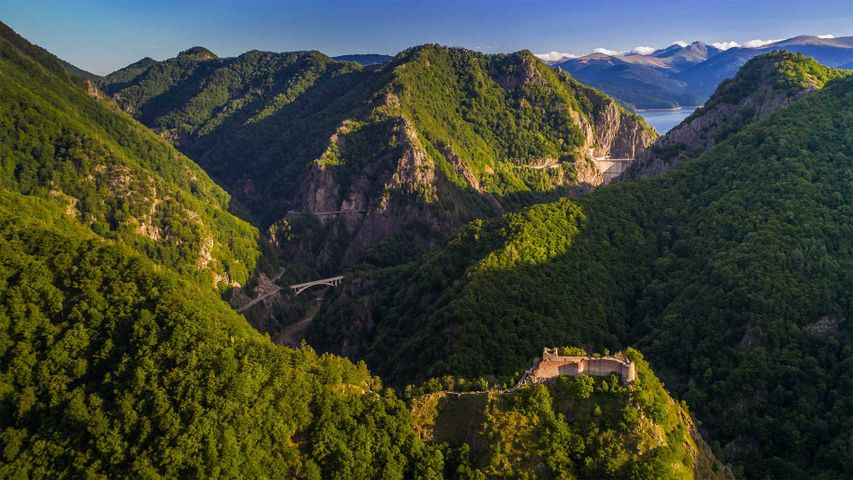View over Windermere, Lake District, Cumbria
© Chris Warren/eStock Phot
Autumn on Windermere. Windermere, Lake District
This autumnal scene comes to us from the vast Windermere valley, which stretches out from the central mountains of the Lake District in Cumbria, towards the sea at Morecambe Bay. At its heart, just glimpsed in our picture, is Windermere, which at 10.5 miles long and nearly a mile wide, is England’s largest and longest natural lake. With 18 islands of its own, Windermere is 219ft (67m) at its deepest point, and is an example of a ribbon lake, formed when glacial ice retreated more than 10,000 years ago.
Ocean sediments, volcanic eruptions and glacial movement have all played a part in forming this stunning landscape of mountains and lakes over 500 million years. This national park’s underlying volcanic rock doesn’t allow water to seep away, which, combined with its high rainfall and deep glacial valleys help explain all the lakes, meres and tarns found here.
The lake and its neighbouring towns of Windermere and Bowness have attracted tourists since Victorian times and get very busy during the peak summer period when lake cruises, windsurfers, cyclists and walkers all enjoy the area. It also has strong literary connections. Swallows and Amazons author Arthur Ransome, Postman Pat creator John Cunliffe and Peter Rabbit writer Beatrix Potter were all inspired by this stunning landscape, at the heart of England’s largest national park.
Related Images
Bing Today Images

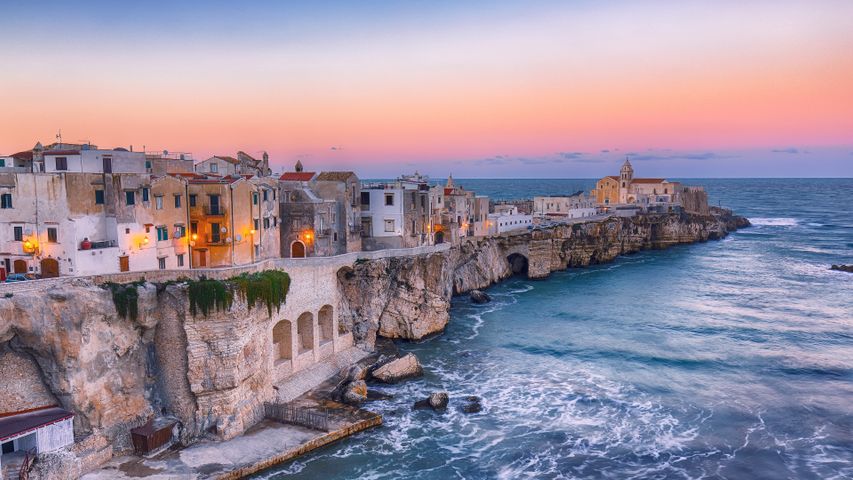

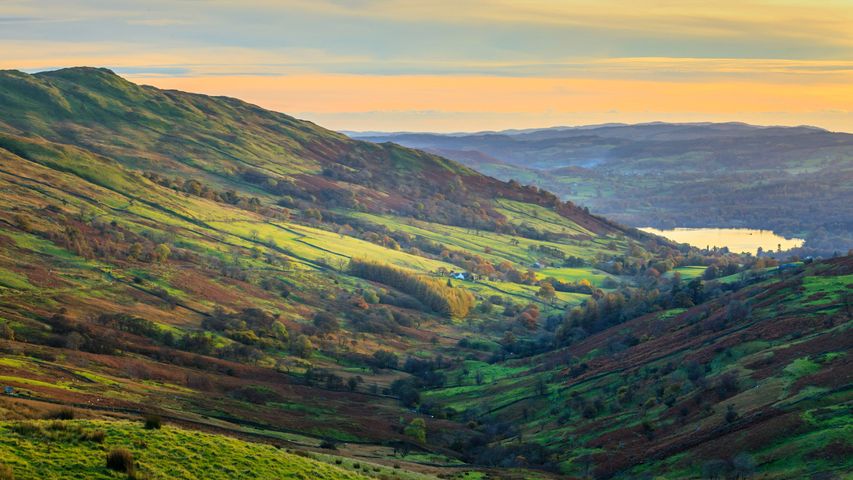
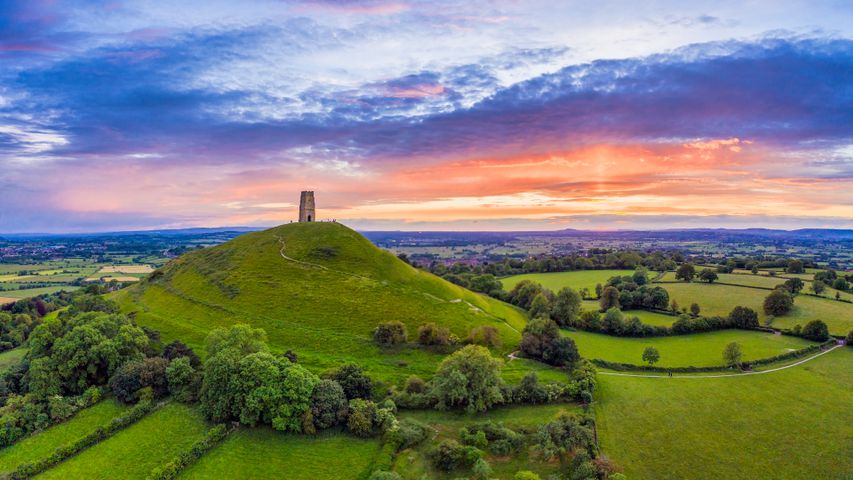 St. Michael's Church Tower on Glastonbury Tor, Glastonbury, Somerset, England
St. Michael's Church Tower on Glastonbury Tor, Glastonbury, Somerset, England
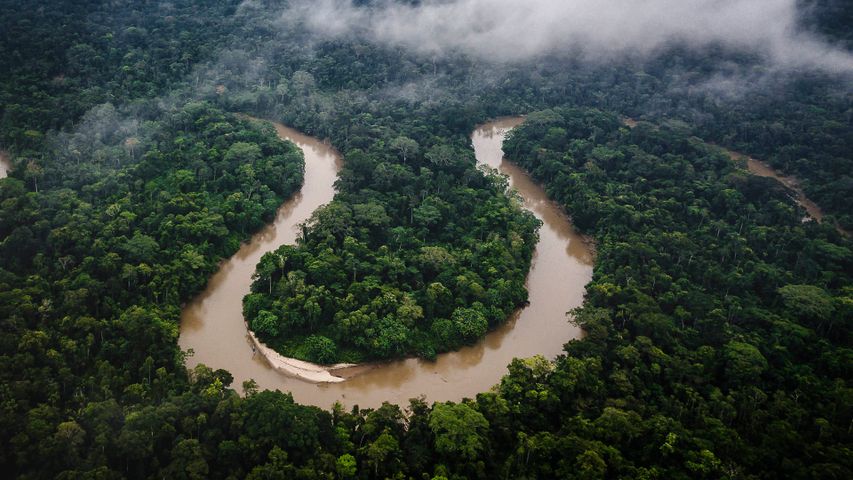 Amazon rainforest, Ecuador
Amazon rainforest, Ecuador
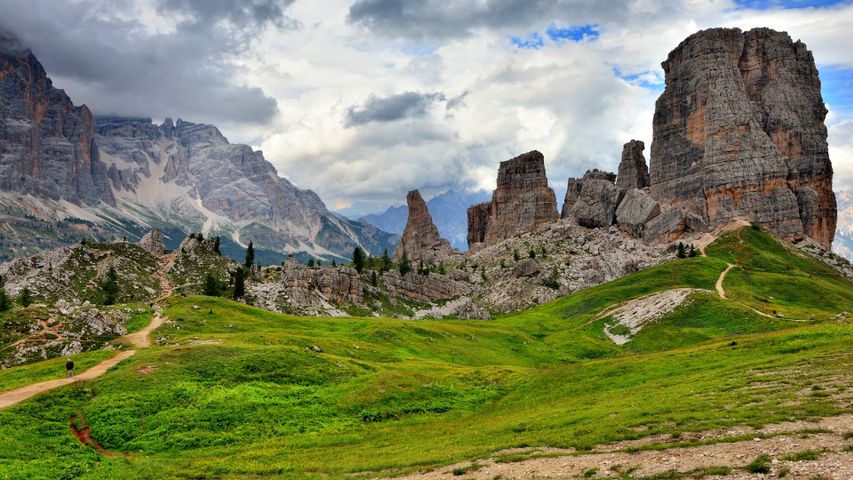 Cinque Torri, Dolomites, Italy
Cinque Torri, Dolomites, Italy
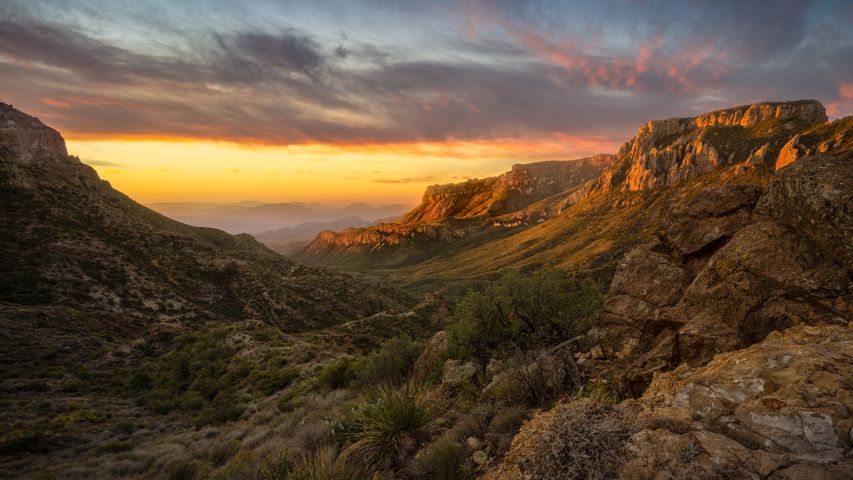 Chisos Mountains, Big Bend National Park, Texas, United States
Chisos Mountains, Big Bend National Park, Texas, United States
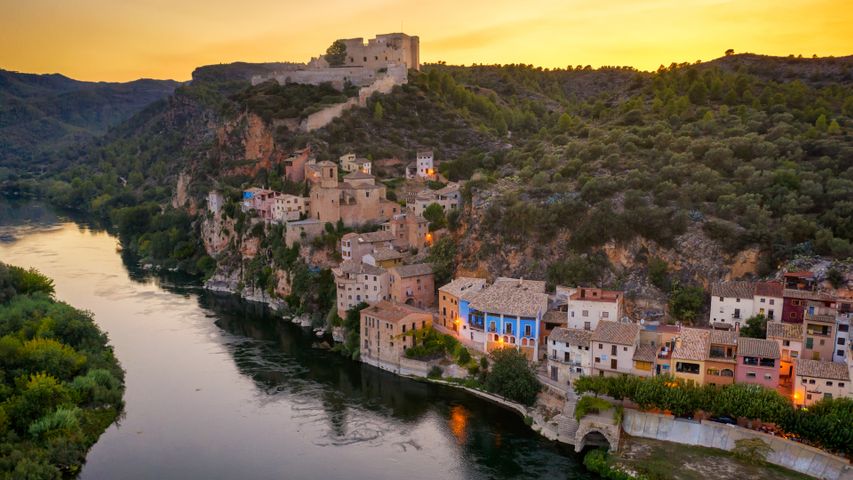 Miravet on the Ebro river, Tarragona, Catalonia, Spain
Miravet on the Ebro river, Tarragona, Catalonia, Spain
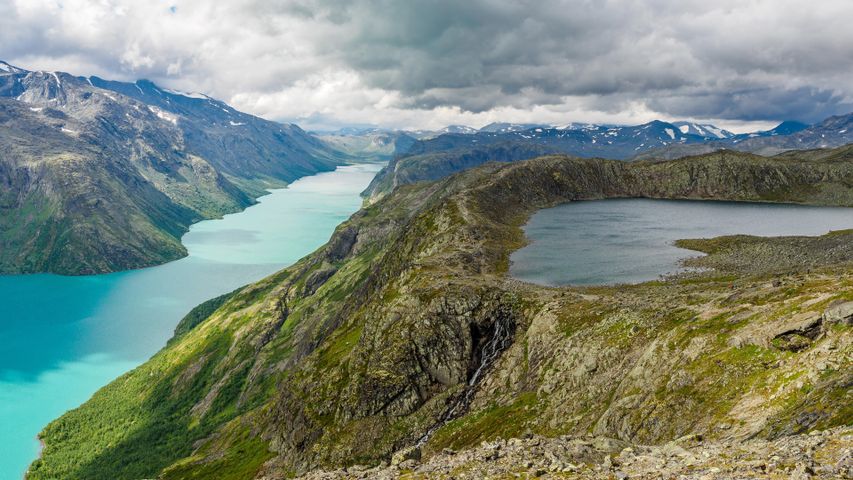 Jotunheimen National Park in Norway
Jotunheimen National Park in Norway
 Mount Hamilton, San Francisco Bay Area, California, United States
Mount Hamilton, San Francisco Bay Area, California, United States
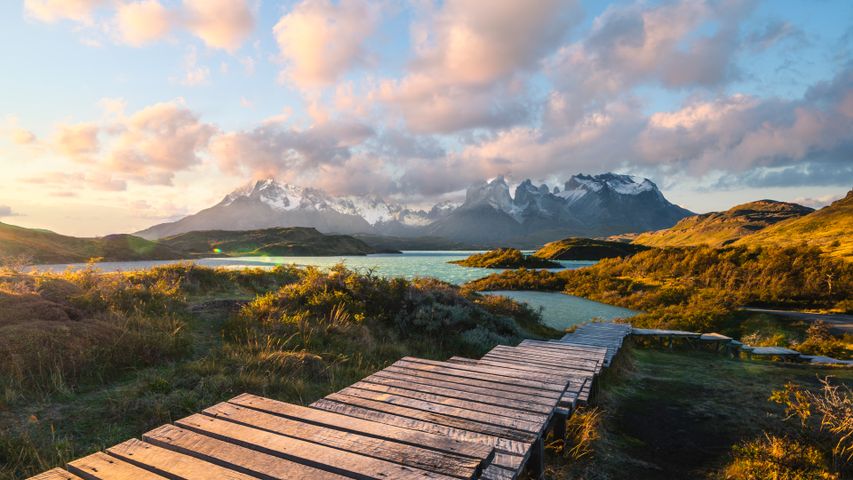 Torres del Paine National Park, Patagonia, Chile
Torres del Paine National Park, Patagonia, Chile

